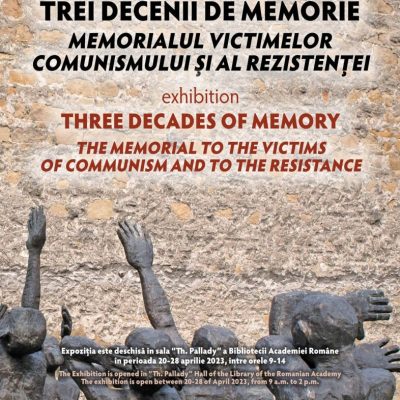
The Fall of the Berlin Wall on 9 November 1989 paved the way for the reunification of Germany and reunification of Europe after more than 40 years of political and economic division between the West and the East.
The fall of the Berlin Wall and the fall of the Iron Curtain hold an important place in the collective memory of the people of Europe. Political demonstrations and independence movements in some Central and Eastern European countries, like Czechoslovakia, Hungary and Poland, had already started before the fall of the Berlin Wall. The Communist regime in Poland was abolished in June 1989, in Hungary in October 1989 and in Czechoslovakia and Romania in December 1989. The Baltic countries would gain their independence two years later.
Where once fences, barbed wire and soldiers marked the boundaries between West and East, today people are free to move wherever they want for tourism, work or just a cup of coffee. On the 30th anniversary of the Fall of the Berlin Wall, we would like to present some places which reflect these events from the past and tell their stories.
1. Austria — Barfussweg from Schrattenberg to Valtice

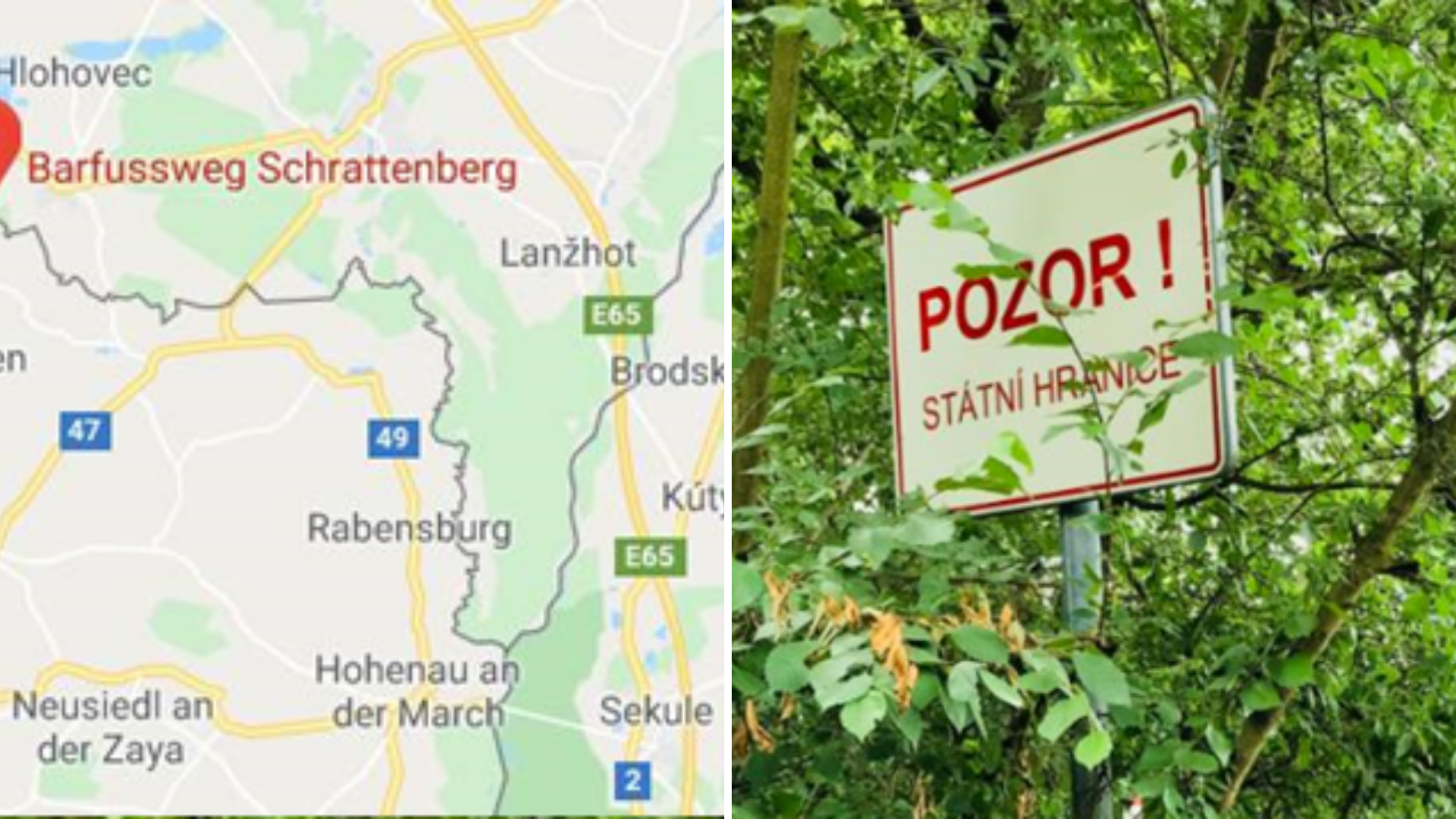
Barfussweg is a barefoot walking path in the area of Schrattenberg and Valtice. This footpath crosses the border between Austria and the Czech Republic. Before 1989 visitors were not allowed to approach this highly guarded area. Today visitors can move freely and enjoy recreational spots on the path, such as a barbecue area and a watchtower from where you have a view over the surrounding picturesque landscape.

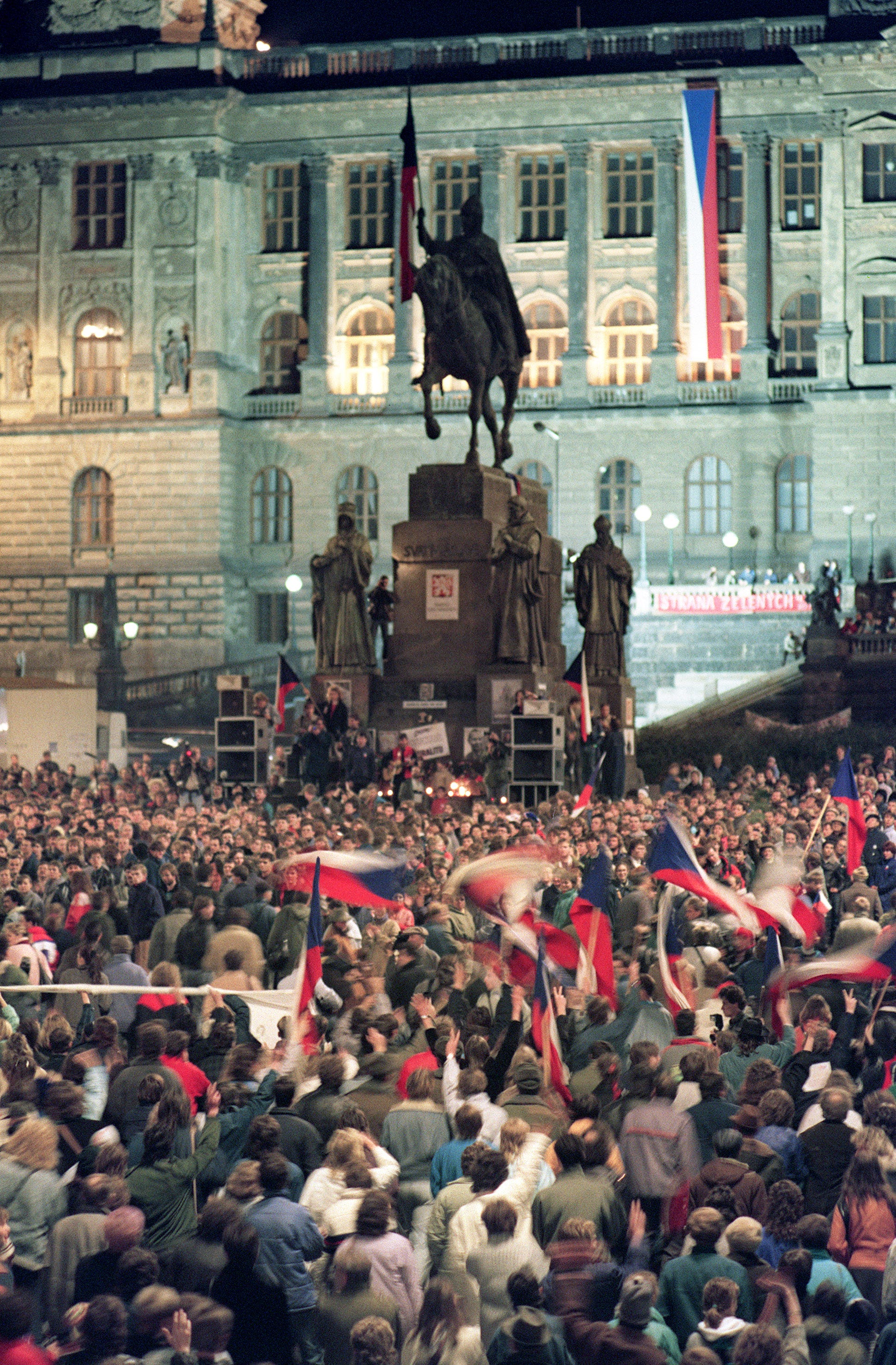
2. Czechia: Wenceslas Square
One of the most iconic squares in Prague, with the equestrian statue of Czechia’s patron saint, Wenceslas Square has witnessed some of the biggest milestones in modern Czech history. In 1969, university student Jan Palach set himself on fire at Wenceslas Square in protest against the Soviet invasion. It took two decades for another huge protest — a commemoration of Palach’s sacrifice — to take place at the square. It was in January of 1989 and later that year, the Wenceslas Square became the epicentre of massive peaceful demonstrations, known as the Velvet Revolution, which marked the end of communism in Czechoslovakia.
3. Estonia — Estonian Song Festival Ground

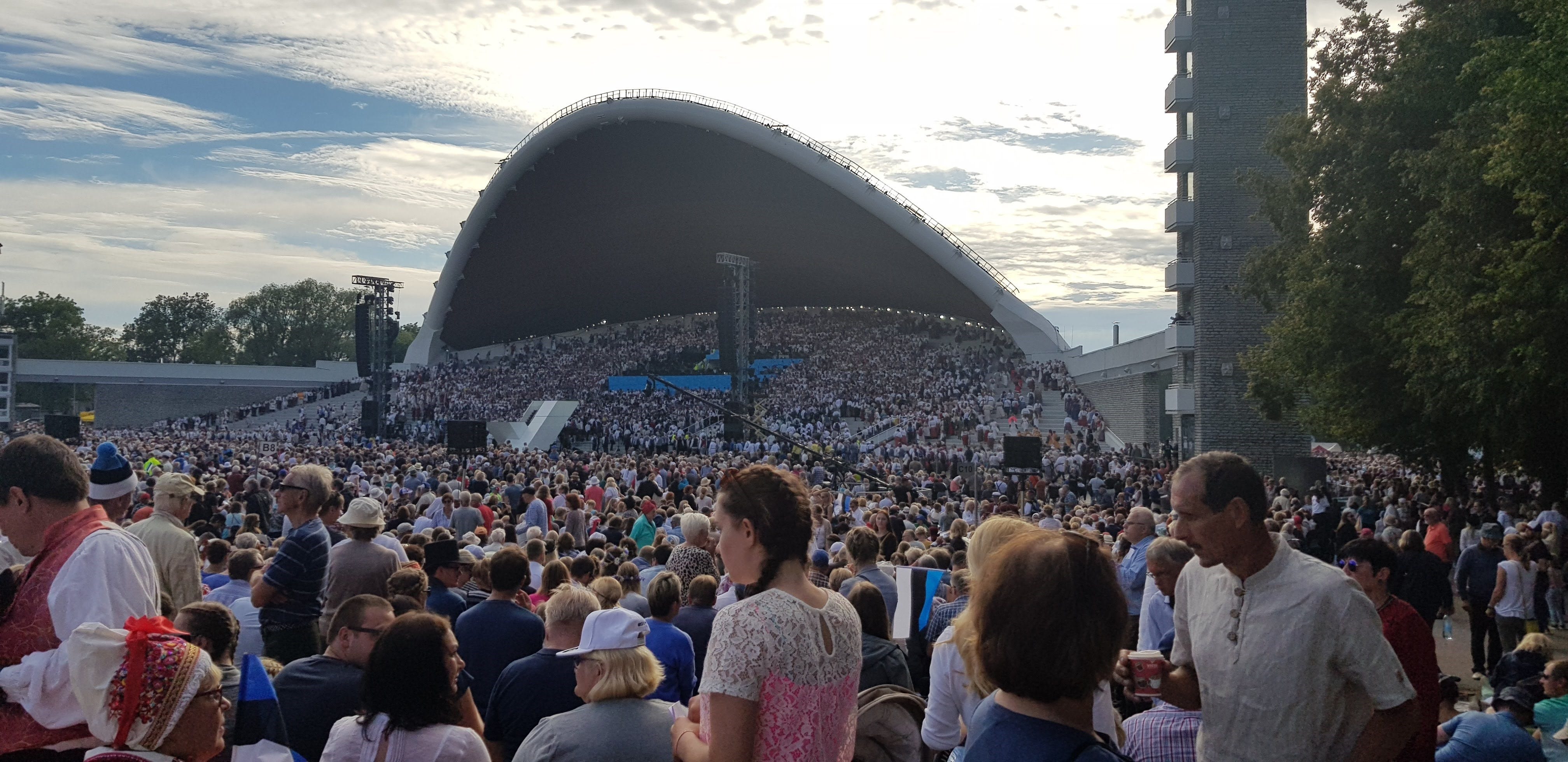
The Tallinn Song Festival Grounds are the grounds on which the Estonian Song Festival is held every five years. International artists such as Madonna, The Rolling Stones, Elton John and Metallica have performed here. However, in 1988, Estonians gathered at these grounds to sing patriotic hymns in what came to be known as the Singing Revolution. This revolution led to the overthrow of the Soviet rule and the restoration of the independence of Estonia, Latvia and Lithuania.
4. Germany — Brandenburg Gate


Brandenburg Gate is Berlin’s most famous landmark. Once a symbol of the divide between East and West Germany, it is now a national symbol of peace and unity. Between 1961 and 1989 at least 140 people died at the Berlin Wall while fleeing from East to West Germany. It was here on 12 June 1987, US President Ronald Reagan said the famous words: “Mr. Gorbachov, tear down this wall!”
Two years later the Berlin Wall fell as a consequence of the downfall of the German Democratic Republic and the German reunification. Since 1989 the Brandenburg Gate symbolises freedom and unity.
5. Hungary — Pan-European Picnic Monument

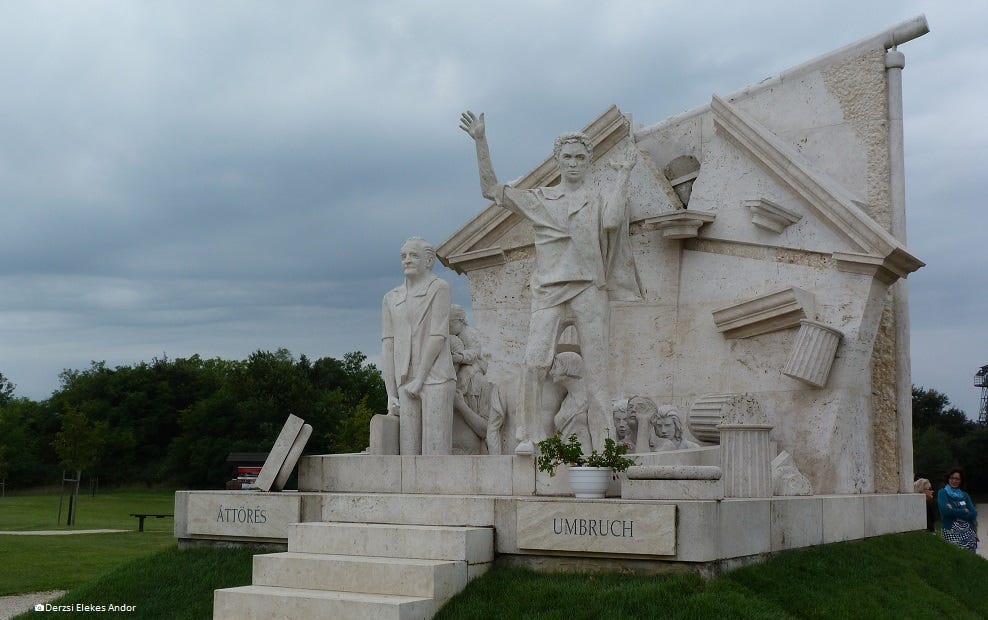
On 19 August 1989, a peace demonstration — the so-called Pan-European Picnic — was held on the Austrian-Hungarian border. This event has been a significant milestone on the road to the fall of Communism and the German reunification. At the picnic several hundred East German citizens overran the old wooden gate, reaching Austria unhindered by the border guards around Árpád Bella. The Hungarian borders were opened on 11 September, and the Berlin Wall fell on 9 November. The monument by Miklos Melocco has been established in memory of those who risked their lives when crossing the border between East and West.
6. Latvia-Lithuania-Estonia: the Baltic Way


On 23 August 1989, two million people from Estonia, Latvia, and Lithuania came together for a peaceful, political demonstration. They joined hands and created a 675-kilometre human chain that spread across the three Baltic States. With this Baltic Way demonstration, people wanted to show unity in their efforts towards freedom and independence from the Soviet Union. Seven months after the demonstration, Lithuania became the first of the Soviet republics to declare independence. Estonia and Latvia followed in 1991.
7. Romania: Memorial to the Victims of Communism and to the Resistance


After the fall of the Berlin Wall, communist regimes throughout Eastern Europe began collapsing like a domino. Instead of a “velvet revolution”, however, the Romanian one took a violent turn, with over 1,000 victims, according to official data. Between 1950 and 1955, the Sighet prison from Northern Romania was designed to lock up dissidents and Romanian elites after mock trials and regardless of age. These included pupils, students, farmers, former politicians and high-ranking officials, journalists, researchers or priests. Romania’s most representative personalities from the inter-war period were imprisoned here. From 1977 onwards it was used as a broom factory and was eventually abandoned.
In 1993, former dissident and poet Ana Blandiana managed, with the help of the Council of Europe, to transform it into the first-ever Romanian memorial dedicated to victims of communism. In 1998, the Council of Europe declared the Memorial one of the main places of preservation of the continent’s memory, alongside the Auschwitz Memorial and the Normandy Peace Memorial.
It can be visited throughout the year, but the website provides the opportunity of a virtual visit.
https://medium.com/@EuropeanCommission/the-fall-of-the-iron-curtain-and-the-beginning-of-a-new-chapter-in-our-history-b69105d9a053


